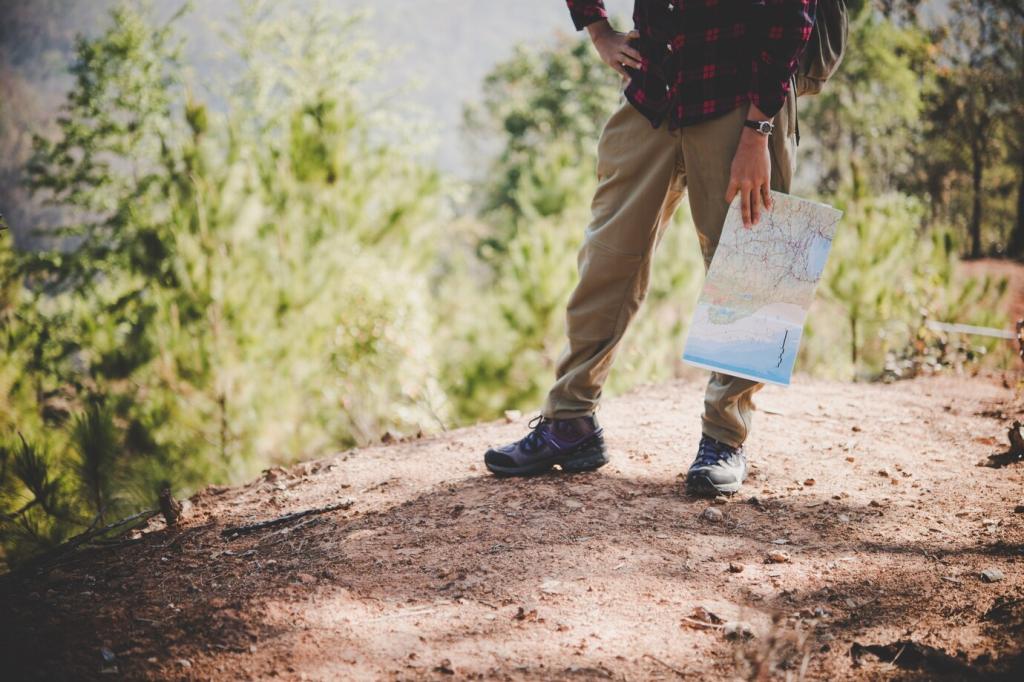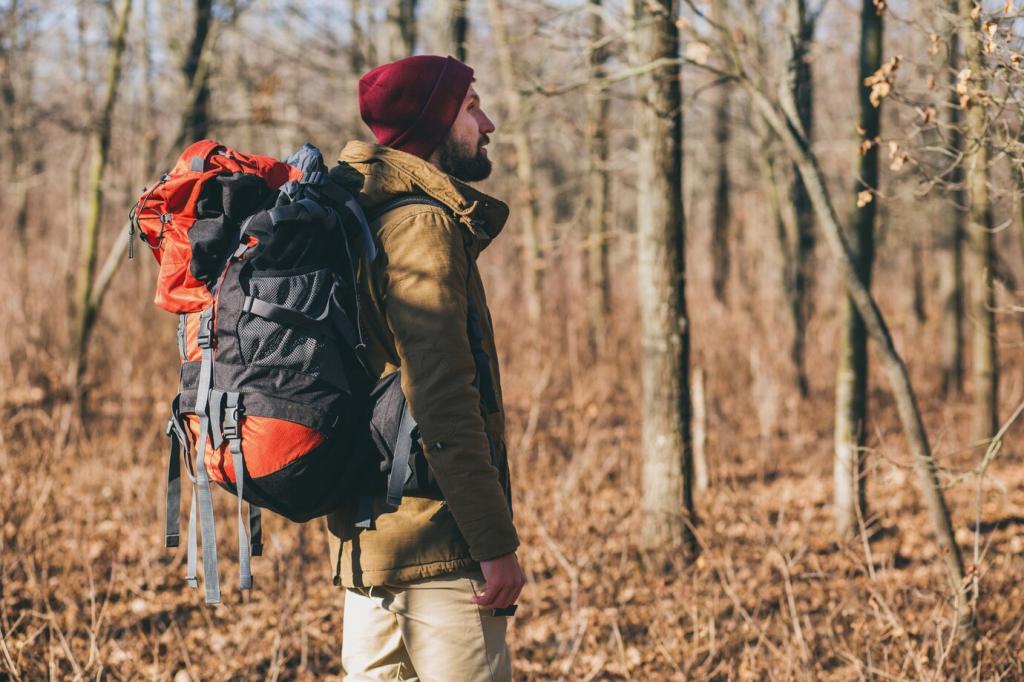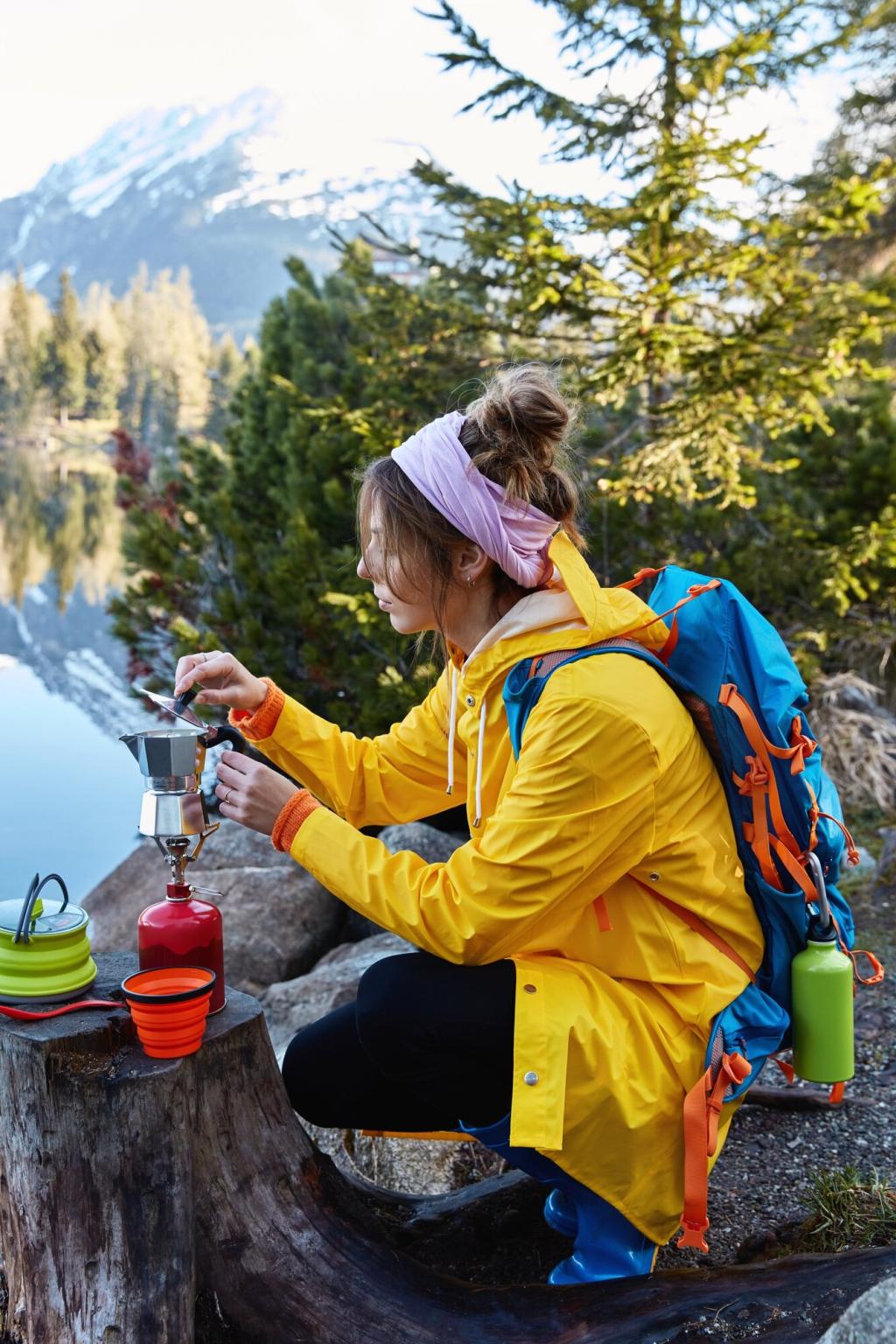Fuel, Hydrate, and Thrive in Freezing Conditions
Pack chewy bars cut into bite size pieces, nut butters in soft flasks, and savory options to fight palate fatigue. A thermos of soup or cocoa warms hands and spirits. Snack every hour to stay ahead of the energy curve before you crash.
Fuel, Hydrate, and Thrive in Freezing Conditions
Use insulated bottles, store them upside down so ice forms near the cap, and tuck one inside your jacket on long descents. For bladders, insulate the hose and blow back after sips. Warm drinks encourage steady hydration when cold dulls thirst.







